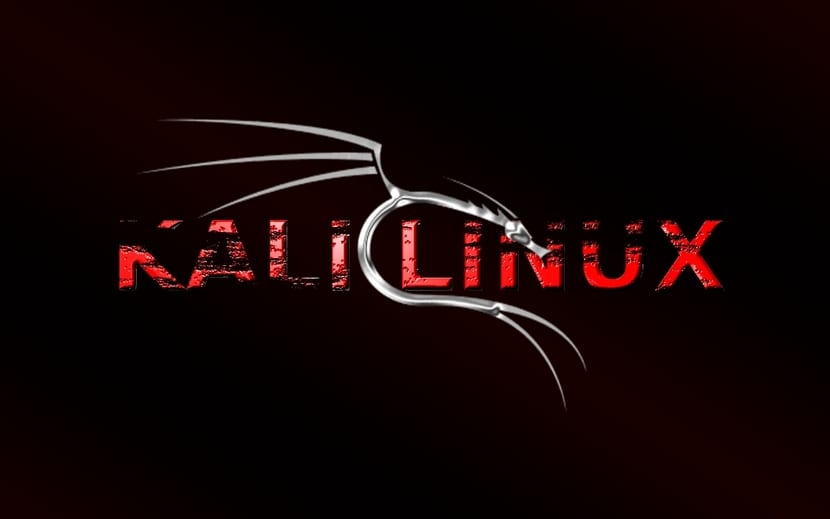
Formerly known as BackTrack which was based on Ubuntu, was renamed to Kali Linux, which today it is a Debian-based distribution, this distro was designed primarily for IT security and auditing usually. It was founded and is maintained by Offensive Security Ltd.
Today's news is that the popular ethical hacker distribution Kali Linux It has been renewed at the beginning of the year, arriving at our disposal its new version Kali Linux 2018.1. With several bug fixes since version 2017.3 this new version also adds many updated packages to the system.
And it's not that it's so badBut with the issues that Meltdown and Specter generated, an update had to be done fast with both the kernel and tools. The appropriate patches for these problems can be found in Kernel 4.15.
Kali Linux 2018.1 brings with it the Kernel 4.14.12 with very good and interesting characteristics, among which we can highlight:
- Compatibility with AMD Secure Encryption Memory encryption media This is one of the new deployments that are leading to the newer AMD processors and which will allow automatic encryption and decryption of DRAM, meaning that systems will no longer (theoretically) be vulnerable to boot attacks in cold because, even with physical access, the memory will not be readable.
- Increased memory limits- Current (and older) 64-bit processors are limited to 64TB of physical address space and 256TB of virtual address space (VAS), which was sufficient for over a decade but on 64TB server hardware memory, the limits have been reached. Fortunately, upcoming processors will allow 5-tier paging, the support of which is included in Kernel 4.14. In summary, this means that these new processors will support 4 PB of physical memory and 128 PB of virtual memory.
And inside of the other updated packages The ones that we can highlight from the others are:
• zaproxy
• secure-socket-funneling
• pixiewps
• seclists
• burp suite
• dbeaver
• reaver
How to get Kali Linux 2018.1?
Yes already you are a Kali Linux user, you just have to go to your terminal and execute the following command that will be in charge of updating your system, so it is necessary to be connected to the network to be able to carry out this process.
wget -q -O - https: // archivo.kali.org / archivo-clave.asc | apt-key add
apt update && apt full-upgrade
Now if you don't have the system and you want to have the system image, you can download it from its official website.
How to download Kali Linux 2018.1?
We only have to go to the following link and in the download section we must download the appropriate system image for us, this depends on what type of processor the computer has where you will install it, if you do it in a virtual machine you only have to make the corresponding adjustments the boys of Kali share us a note about it:
Hyper-V updates
For those of you who use Hyper-V to run the Kali VMs provided by Offensive Security, you will find that the Hyper-V VM is now Gen 2, which means it is now UEFI-based and expansion / collapse is supported. of HDD. Also included are Hyper-V integration services, which supports dynamic memory, network monitoring / scaling, and replication.
Tip: How to log into Kali Linux after installing it.
Finally, a small resource that I leave to new Kali Linux users and who frequently consult is how to log in to Kali Linux
User: root
Pass: "the password that you indicated in the installation process"
How to burn Kali Linux ISO to USB?
How to Live Aligned with last resort that I can offer you is the method to create your USB with Kali Linux, This method depends a lot on the operating system you are using, if you are a Windows user you can use the tool Win32Disk .
On the other hand if you are a Linux user you can use the dd command to mount the ISO on your USB, you only have to identify in which mount point you have the USB, you can use:
sudo fdisk -l
And here you will be shown the mount point, you just have to use the dd command like this:
dd if = kali-linux-2018.1-amd64.iso of = / dev / sdx bs = 512k
Where "if" is the path where the ISO is, the simplest thing is to position yourself from the terminal in the folder where you saved the ISO and where "of" is the mounting point of your USB.